About
The “Biomimetic Systems for Cell Engineering” group is a multidisciplinary research group focussing its research activities on the development and application of new artificial systems that mimic tissue micro and nanofeatures for biomimetic in vitro assays.
The use of more biomimetic and complex 3D models in in vitro assays is now a hot and extremely relevant topic.
“Flat biology” results are questioned when being transferred to in vivo, while the pressure to decrease animal testing continues increasing. As a group of engineering providers working in the biotechnological field, we see these issues as both a challenge and a clear opportunity to impact the field with novel technological solutions. Our research ambition will be to develop better engineering tools to help in the development of organotypic cell culture models, easy to implement in daily cell culture routines, so they have a real and meaningful impact in the biotechnological arena and, therefore, will impact applications in basic cell research, disease modelling and regenerative medicine.
Along with this line, we are working towards the following objectives: (i) to engineer and validate a complex in vitro model of small intestinal epithelium, (ii) to validate a novel in vitro model of engineered cardiac tissue and (iii) to engineer a novel vessel-on-chip to reproduce the tumor metastatic environment. To carry out our research we employ cutting edge biofabrication technologies such as bioprinting and novel biological tools such as organoids.

Staff
Projects
| INTERNATIONAL PROJECTS | FINANCER | PI |
|---|---|---|
| GUT3D-PLATE · Ready-to-use cell culture plates for gut 3D models (2020-2022) | European Commission, ERC-PoC | Elena Martínez |
| COMIET · Engineering Complex Intestinal Epithelial Tissue Models (2015-2022) | ERC Consolidator Grant | Elena Martínez |
| BRIGHTER · BIOPRINTING BY LIGHT-SHEET LITHOGRAPHY (2019-2023) | European Commission FET Open | Elena Martínez |
| PRIVATELY FUNDED PROJECTS | FINANCER | PI |
|---|---|---|
| PROMISE · BioPrinted hydROgel MicrofluIdicS to mimic patient-specific tumor mEtastatic microenvironment (2020-2023) | Obra Social La Caixa, Health Research Call for Proposals | Elena Martínez |
| FINISHED PROJECTS | FINANCER | PI |
|---|---|---|
| ENGUT · Engineered models of intestinal epithelial tissue: assessing in vivo-like functional properties (2019-2020) | Bist Ignite Program | Elena Martínez |
| INDUCT Dispositivo de multitejido intestinal para la monitorización de la comunicación entre epitelio y músculo en condiciones patológicas (2018-2020) | MINECO | Elena Martínez |
| COMIET Engineering Complex Intestinal Epithelial Tissue Models (2015-2020) | ERC Consolidator Grant | Elena Martínez |
| GLAM Glass-Laser Multiplexed Biosensor (2015-2019) | European Commission (H2020) – PHC-10-2015 | Elena Martínez |
| MINAHE5 (Bio)funcionalización de Micro- y NanoHerramientas en Suspensión para Aplicaciones en Células Vivas (2015-2017) | MINECO | Maria Lluïsa Pérez |
Publications
Equipment
Micro and nanofabrication techniques:
- Biomolecule gradients produced by microfluidics
- Large-area nanostructured polymer surfaces produced by diblock copolymers
- 3D microstructures on hydrogel materials
- Mini-bioreactor for 3D cell culture
Characterization techniques:
- Surface Plasmon Resonance (SPR) measurements on polymer materials
- Atomic Force Microscope (AFM) expertise
- Optical Microscopes (white light/epifluorescence)
- Focused Ion Beam (FIB) / Scanning Electron Microscopy (SEM) of biological specimens
Equipment:
- Biological safety cabinet (class II)
- High precision syringe pumps
- Peristaltic pumps
- Access to the Nanotechnology Platform (IBEC Core Facilities): equipment for hot embossing lithography, polymer processing and photolithography, chemical wet etching, e-beam evaporation and surface characterization (TOF-SIMS)
- Access to the Scientific and Technological Centers (University of Barcelona): equipment for surface analysis (XPS, AFM, XRD) and microscopy techniques (SEM, TEM, confocal)
- PRUSA i3MK3S (FDM printer)
- Phrozen Shuffle XL (DLP-SLA printer)
- SOLUS (DLP-SLA printer)
Collaborations
- Prof. Ángel Raya / Dr. Samuel Ojosnegros
Center of Regenerative Medicine in Barcelona (CMRB), Barcelona - Prof. Eduard Batlle
Institut de Recerca Biomédica (IRB), Barcelona - Prof. Pablo Loza
Institut de Ciències Fotòniques (ICFO), Castelldefels (Spain) - Dr. Javier Ramón, IBEC
- Dr. Elisabeth Engel, IBEC
- Prof. Raimon Jané, IBEC
- Prof. Josep Samitier, IBEC
- Prof. Javier Santos, Dra. Maria Vicario
VHIR, Barcelona (Spain) - Dr. Bruno Sarmento
i3S – Instituto de Investigação e Inovação em Saúde, Porto, Portugal - Dr. Sonia García-Blanco
University of Twente, Enschede (The Netherlands) - Dr. Fabio Variola
University of Ottawa (Canada) - Dr. Daniel Riveline
ISIS/IGBMC, Strasbourg (France) - Dr. Matthew Dalby
University of Glasgow (UK) - Prof. Jordi Martorell
Institut de Ciències Fotòniques (ICFO), Castelldefels (Spain) - Prof. José Antonio Plaza
CNM-CSIC, Barcelona - Dr. Francesc Mitjans
LEITAT, Barcelona - Francesco Pampaloni
Buchmann Institute for Molecular Life Sciences (Frankfurt) - Dra. Elena Élez
VHIO
News
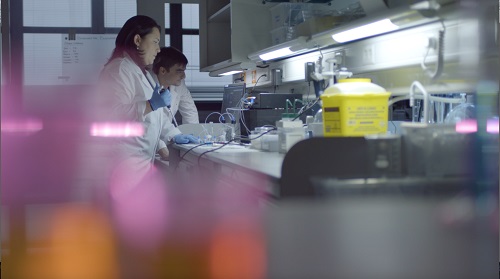
IBEC leads three new European projects
Bioengineering is a core discipline for the medicine of the future, and Europe knows that. Proof of this is that the European Union (EU) has granted during the last months the coordination of three European projects to the Institute for Bioengineering of Catalonia (IBEC) to continue combining medicine, science and technology with the aim of improving people’s health. The first one is the BRIGHTER project that is led by Professor Elena Martínez, the head of the ‘Biomimetic Systems for Cell Engineering’ group. The EU has contributed to this initiative that will be used by the consortium partners to develop an innovative high resolution 3D bioprinting technology able to fabricate 3D cell culture substrates which could be useful to produce artificial organs in the future.
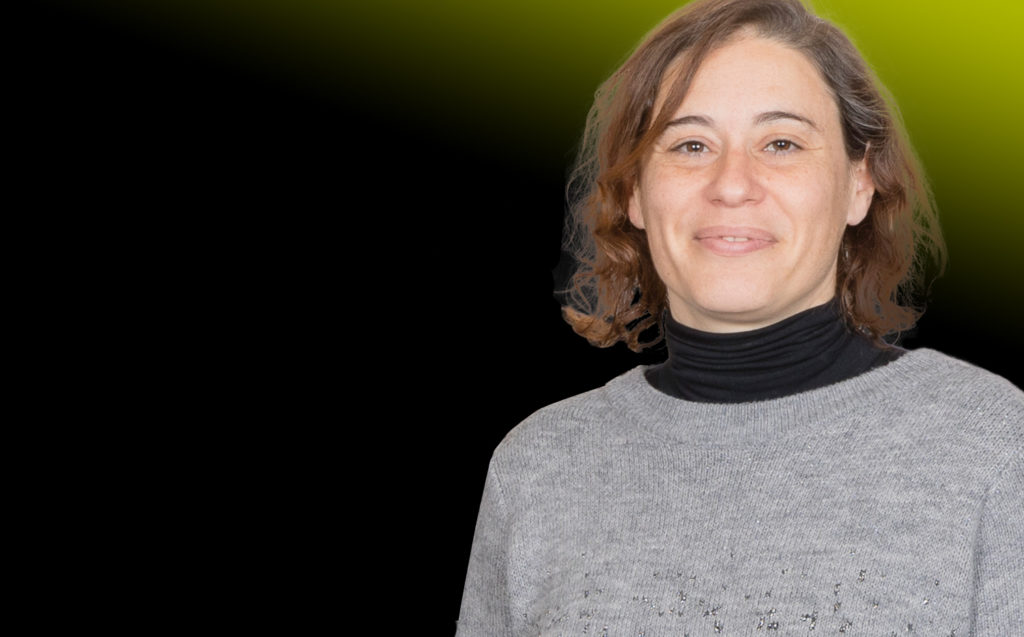
Elena Martínez from IBEC granted by the European Commission to bring research to the market
Elena Martínez, Group Leader at IBEC and UB Professor, has been awarded the prestigious “Proof of Concept” grant of the European Research Council (ERC). With her “GUT3D-PLATE” project, Martínez and her team at the “Biomimetic systems for cell engineering” group will further develop technology to fabricate ready-to-commercialize 3D cell culture substrates mimicking the intestinal physiology.
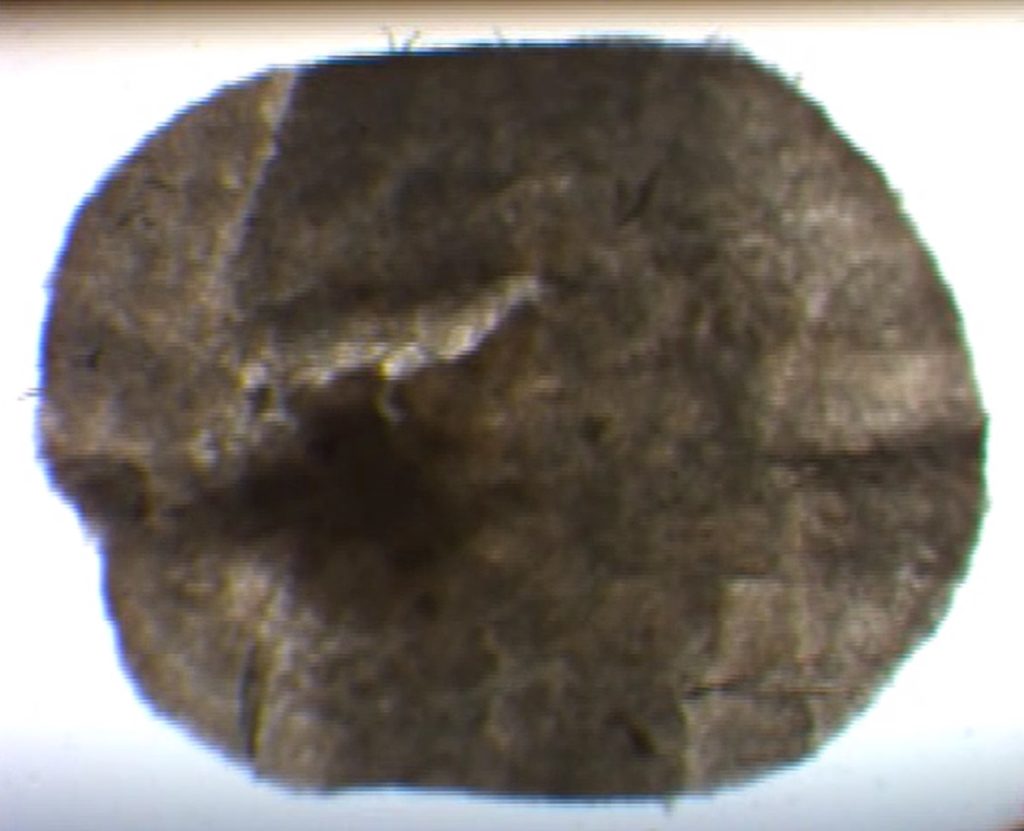
A research team develops a Mini-Factory of Human Cardiac Tissue
A system developed by researchers from the Institute for Bioengineering of Catalonia (IBEC) and the Centre of Regenerative Medicine in Barcelona (CMR[B]) is capable of producing tissues in a laboratory that simulate the behaviour of the human heart. The tissues produced by this bioengineering system could be used to pre-evaluate the toxicity of drugs in the heart without using animal models. Cardiovascular diseases are currently one of the leading causes of death worldwide. However, the factors that motivate or accentuate such heart diseases sometimes hide behind relatively unknown elements. Among other causes, drugs that are useful for curing or alleviating certain diseases can, at the same time, have side effects on other organs such as the heart, which experts refer to as cardiotoxicity.
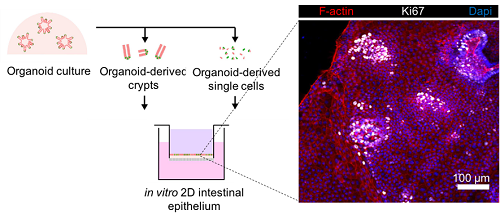
New Culture Technology for Functional Intestinal Assays
During the last decade, intestinal organoids have emerged as a crucial tool to study intestinal biology in vitro. However, their sphere-like geometry limits the access to the organoid’s lumen hampering their use in many functional experiments where independent access to the different sides of the epithelium is required.
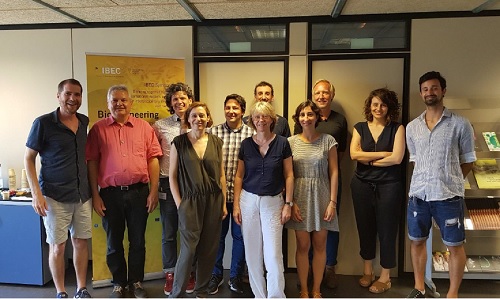
IBEC researchers lead a European project to develop a high resolution 3D bioprinting technology
A group of experts at Institute for Bioengineering of Catalonia (IBEC) lead the European project BRIGHTER (Bioprinting by light-sheet lithography: engineering complex tissues with high resolution at high speed), an initiative to develop an innovative and high resolution 3D bioprinting technology able to produce functional tissues.

ERC President visits IBEC
The President of the European Research Council, Jean-Pierre Bourguignon, visited last May 15th the Institute for Bioengineering of Catalonia (IBEC). The event was inaugurated by IBEC’s Director, Josep Samitier, who presented an overview on the cutting-edge research carried out at the institute in the fields of bioengineering and nanomedicine. Afterwards, ERC Grantees working at IBEC had the opportunity to explain the impact of ERC grants on their professional careers and established a dialogue with ERC President on the past, present and future of the European Research Council.
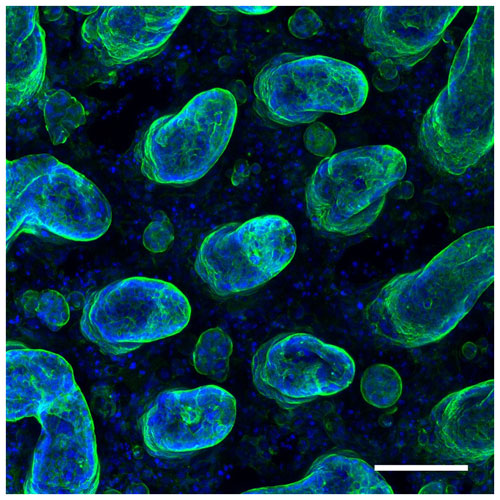
Moldless approach to generate 3D intestinal tissue model using hydrogels
The Biomimetic systems for cell engineering group has developed a new method to generate 3D intestinal tissue using hydrogels. This new in vitro model has been improved by providing cells with a more physiologically realistic environment, including tissue architecture, cell-matrix interactions and chemical signalling while remaining compatible with standard cell characterization techniques.Epithelial tissues contain complex three-dimensional microtopographies that are essential for their proper performance. These 3D microstructures provide cells with the physicochemical and mechanical signals needed to guide their self-organization into functional tissue structures and are key to their proper functioning.

Third IBEC student wins PIONER prize for thesis
Jemish Parmar from IBEC’s Smart Nano-Bio-Devices group has been awarded a Premi Pioner from CERCA for his Doctoral Thesis “Micromotors for Environmental Applications”. Since their launch in 2014, the prizes recognize researchers who present a doctoral thesis with results that are clearly aimed at commercial exploitation. The third IBEC winner of one of these prestigious awards, Jemish was honoured alongside the three other winners – from ICFO, CTFC and IGTP – at a ceremony yesterday. The jury in this fifth edition of the Premis Pioner was made up of Eduard Balbuena (Enterprise Department at UAB), Josep Maria Pujals (IP lawyer at Oficina Ponti), Melba Navarro (Knowledge Transfer Technology Manager at CIMNE Tecnologia), Anna López Lozano (IP expert),

Improving in vitro models to study the human intestine
IBEC’s Biomimetic Systems for Cell Engineering group has published a review about possible new strategies to study drug absorption in the intestine in the high-ranking journal Trends in Molecular Medicine. Together with their collaborators at the Universidade do Porto, Elena Martinez’s group examines the current state-of-the-art of cell-based intestinal models, which have been used for drug absorption and metabolism studies since the 1980s. However, current models, which use Caco-2 cells derived from human intestinal tumors, are not fully representative of the human small intestine.
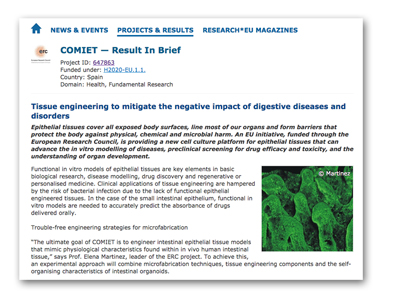
“Organoids: mini organs in a dish for disease research and new cures”
A ‘Results in Brief’ article about Elena Martinez’s ERC project COMIET has been published on the CORDIS website, the EC’s Community Research and Development Information Service.


 ibecbarcelona.eu
ibecbarcelona.eu